Home-grown lettuce can be a tricky crop to grow, however, because it is easily stressed by heat or a lack of water and the leaves quickly turn bitter. Growing lettuce hydroponically overcomes this issue, and it’s a great starter crop to experiment with hydroponic setups.
Lettuce is an ideal crop to grow hydroponically. Simple grow towers are available as kits, or you can make your own Kratky setup. The water in hydroponics provides the lettuce with nutrients, and after 45 to 85 days you can be harvesting crispy salad leaves.
Here are a few tips for setting up a hydroponic system for growing lettuce.
Check out our master overview of hydroponics.
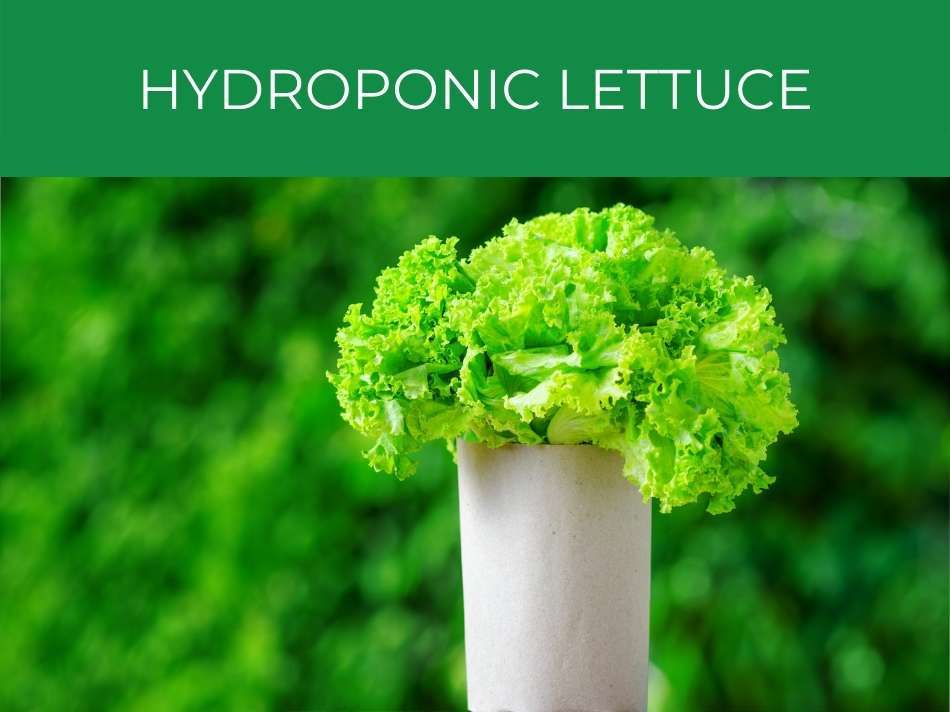
Hydroponic lettuce
Home-grown lettuce can really elevate a salad, with crispy leaves and varieties that give much more flavor than plain iceberg.
Hydroponic lettuce can be grown from seed in a seed tray, and the saplings transplanted once a root system has developed.
If you are a beginner to hydroponic growing, lettuce is a good crop to start with as it grows easily under hydroponic conditions, and results can be better than in soil.
See the complete guide to vegetables that can be grown hydroponically.
In hydroponics, lettuce will be ready to harvest within 45 to 85 days.
Temperatures should be kept below 75 degrees Fahrenheit and the lettuce kept out of full sun.
Lettuce is well suited to hydroponics because it’s fast growing, & benefits from a constant source of water. Temperatures of both the air & water need to be kept at a maximum of 75 degrees Fahrenheit. Lettuce should not be grown in full sun, but requires 10 – 14 hours of moderate to low light.
Lettuce grows easier in hydroponics than in soil because it has a consistent source of water.
In the ground, lettuce is susceptible to heat and water stress, which makes it start to taste bitter or go to seed (‘bolt’).
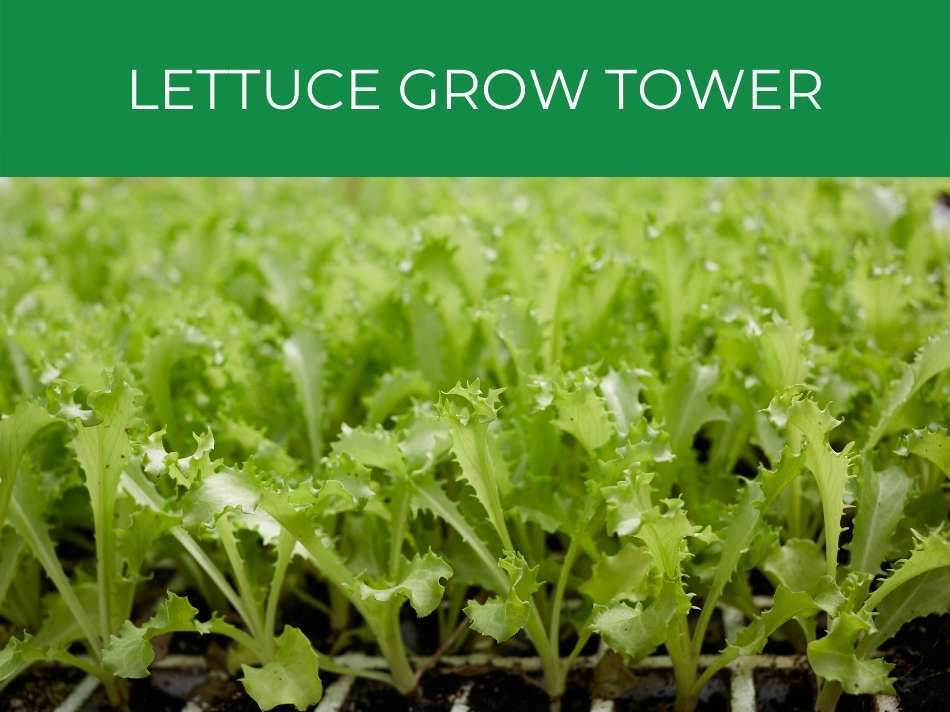
Lettuce grow tower
All hydroponic systems need some kind of structure to keep the plants dry but allow the roots to reach the water.
Grow towers are an option for hydroponic crops that save space.
Planters are filled with a growth medium like coco coir, and stacked on top of each other.
Lettuce can be grown hydroponically in a tower which uses stackable planters, filled with a medium like coco coir to give support. Water is dripped onto the top layer & trickles down through each pot to a reservoir at the bottom. A small pump recirculates water 3 times per day.
Holes allow water to drip through from the top and into a reservoir at the bottom.
A small pump then recirculates water on about three cycles per day.
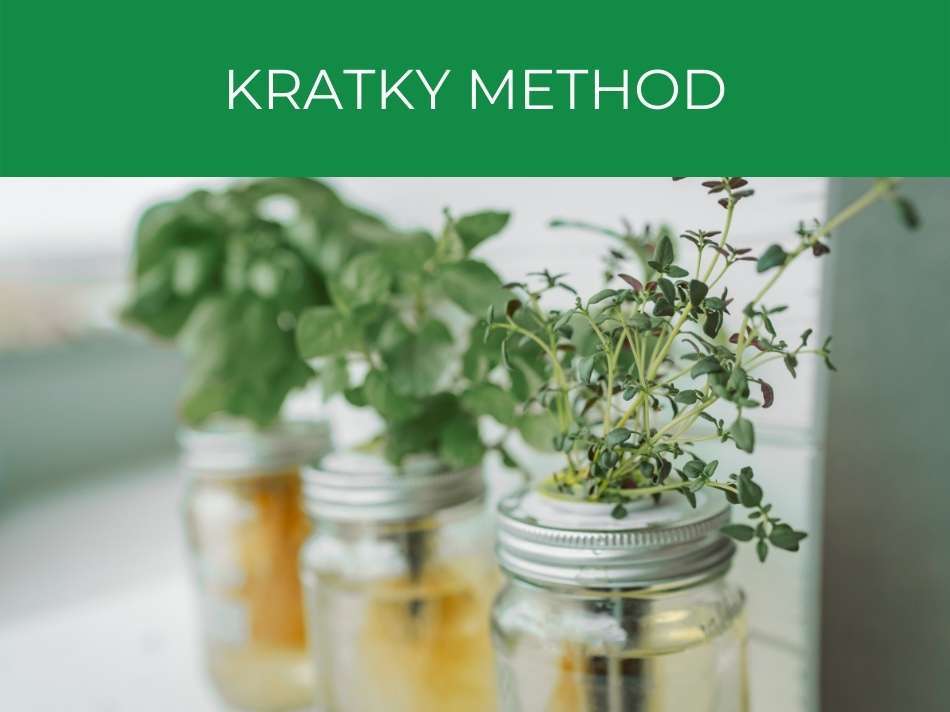
Kratky method
The simplest hydroponic setup is the Kratky method, which is a simple water reservoir that does not need pumps.
Plants are grown in netted containers, in a growth medium like coca coir, rockwool or perlite.
The container is suspended above a water and nutrient reservoir, and as the water level drops, the roots grow.
A lid is used to prevent the water evaporating too quickly.
The container for the reservoir should be opaque, to stop sunlight reaching the water and causing algae to grow.
The Kratky method is the simplest hydroponic setup as it does not require any pumps. The plant is suspended above a water reservoir in a netted container with a growth medium. As the water level drops, the roots grow, meaning that they are always in contact & the water does not need refilling.
The amount of water and nutrients in the reservoir needs to be enough for the plant’s full growth cycle.
The Kratky method can be done on a very small scale, using an opaque jar as the water reservoir.
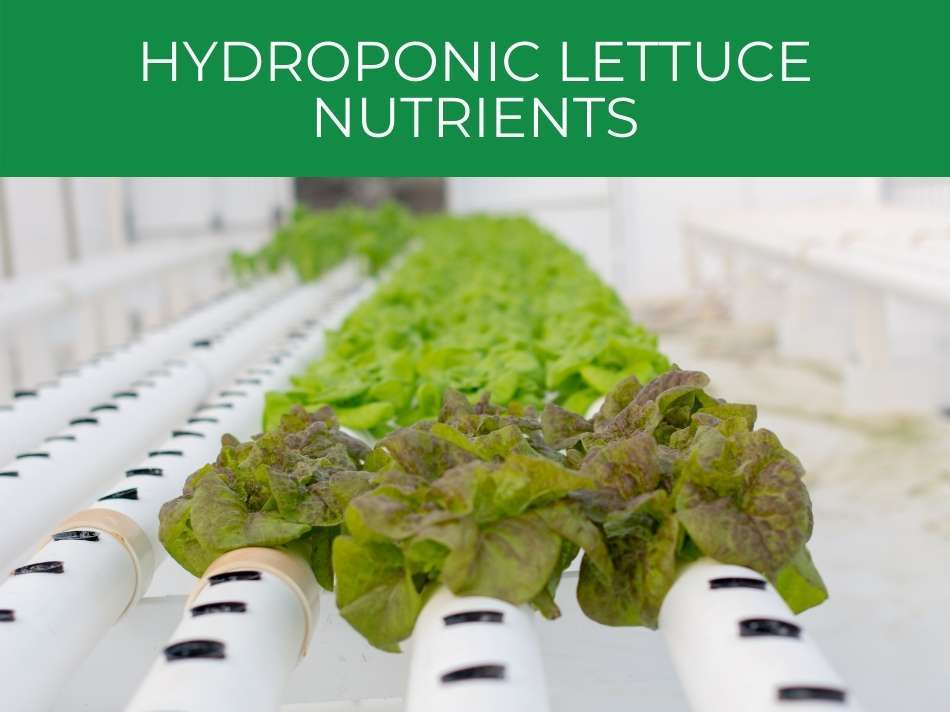
Hydroponic lettuce nutrients
In hydroponics, plants get all their nutrients from the water.
There are commercially available hydroponic nutrient mixes, made specifically for lettuces.
Lettuce is a leafy crop & benefits from high levels of nitrogen, but also needs calcium, magnesium, potassium, & phosphorus. There are hydroponic nutrient mixes specifically made for lettuce. Optimal pH is 5.5 – 6.0, & the temperature should not exceed 75 degrees Fahrenheit.
The pH of hydroponic water should be 5.5 to 6.0 as the slight acidity prevents algae from growing.
You can control the pH of your water by checking and adjusting regularly, or using a pH stabilizer.
The temperature of the water also needs to be kept below 75 degrees Fahrenheit to prevent lettuce from bolting.
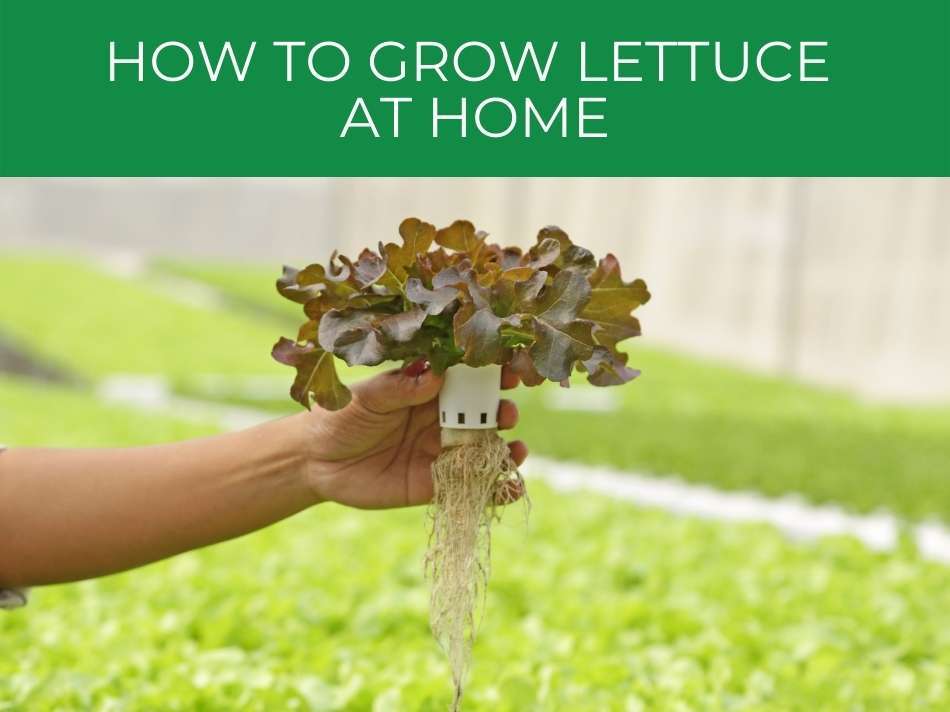
How to grow lettuce at home
Lettuce can be grown at home using small scale hydroponic kits, or a simple Kratky setup.
Select a location where the lettuce will not be exposed to too much direct sunlight, but will get at least 10 hours of indirect light.
Lettuce can be grown at home using hydroponics. Hydroponic kits or the Kratky method setup are the simplest ways to start. Choose an area that will get at least 10 hours of indirect light. Start small, and experiment with the lettuce varieties and systems that work best.
Hydroponics can be tried on a small scale, then expanded later.
See our guide for how much sun lettuce needs.
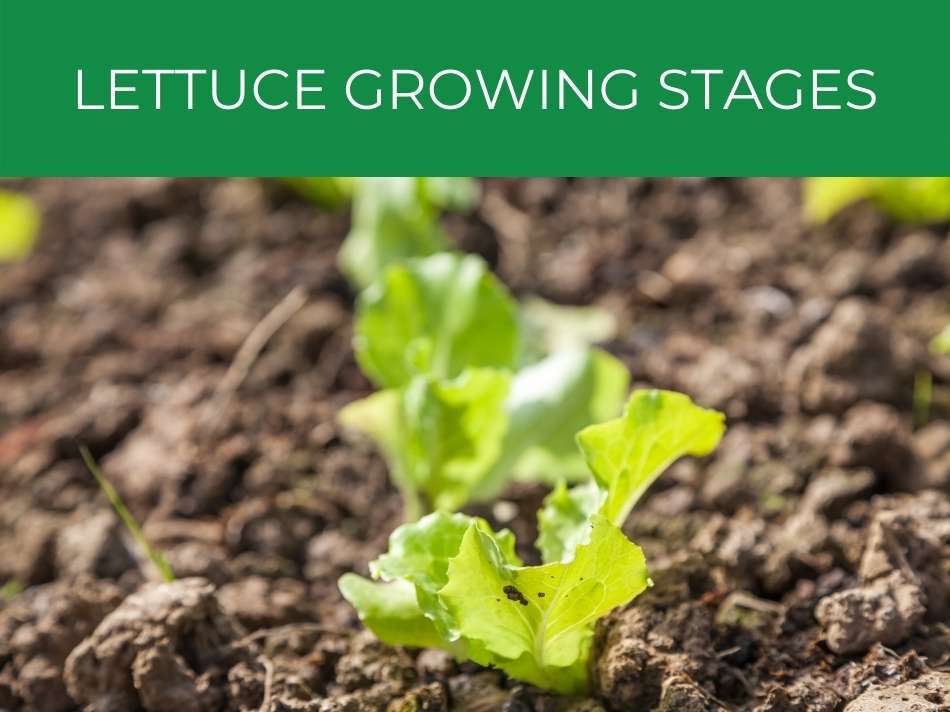
Lettuce growing stages
Lettuce grows easily from seed and should germinate within 2 to 10 days.
You can transplant seedlings once they have at least two ‘true’ leaves, after the cotyledons, which appear just after sprouting.
Lettuce seedlings should be about 2 to 3 inches tall before they are transplanted into a hydroponic system.
Lettuce seeds are small & are sown shallowly, to germinate in 2 to 10 days. Seedlings can be transplanted when they reach 2-3 inches high & have at least two ‘true’ leaves. If lettuce becomes stressed it will ‘bolt’ & send up a seed stalk, at which stage the leaves become too bitter to eat.
Lettuces are easily stressed by heat or a lack of water, and will quickly go to seed or ‘bolt’ if this happens.
When lettuce bolts, it sends up a seed stalk and the leaves will turn too bitter to eat.
See our complete guide to heat tolerant lettuce varieties.
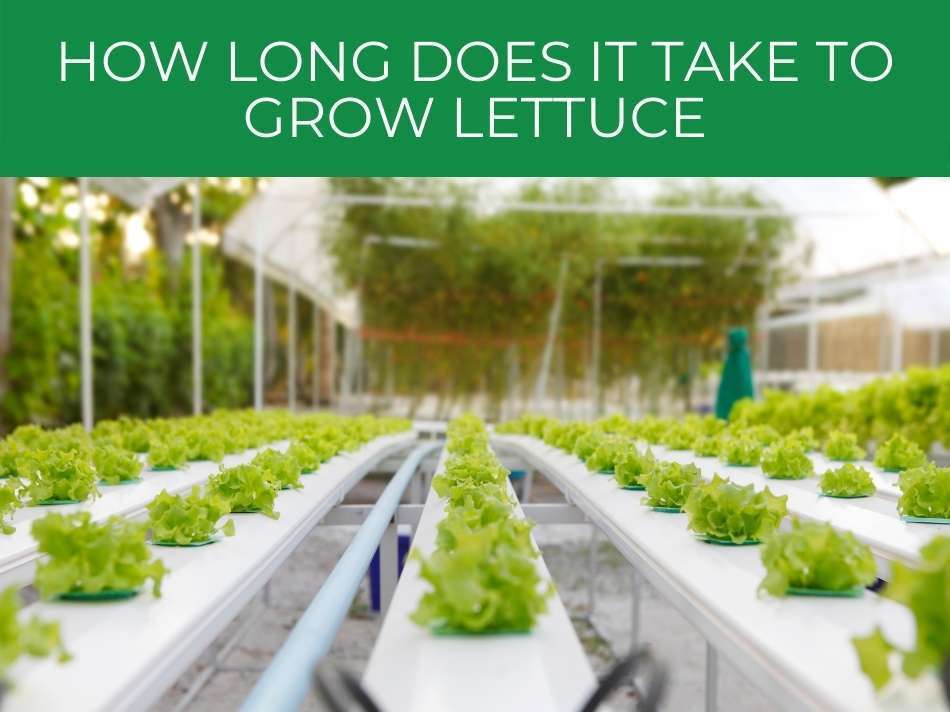
How long does it take to grow lettuce
You can harvest hydroponic lettuce just like lettuce grown in the soil.
The whole head of the lettuce can be harvested, or you can take the outer leaves and the rest will continue to grow.
Lettuce will be ready to harvest after 45 – 85 days, depending on the variety and growing conditions. The whole head can be harvested, or the outer leaves can be taken in a ‘cut & come again’ method where the lettuce continues to grow. You can keep taking leaves until they start to taste bitter.
The ‘cut and come again’ method of harvesting the outer leaves can be repeated three to four times, or until the leaves start to taste bitter.
See the full details on how to harvest lettuce.
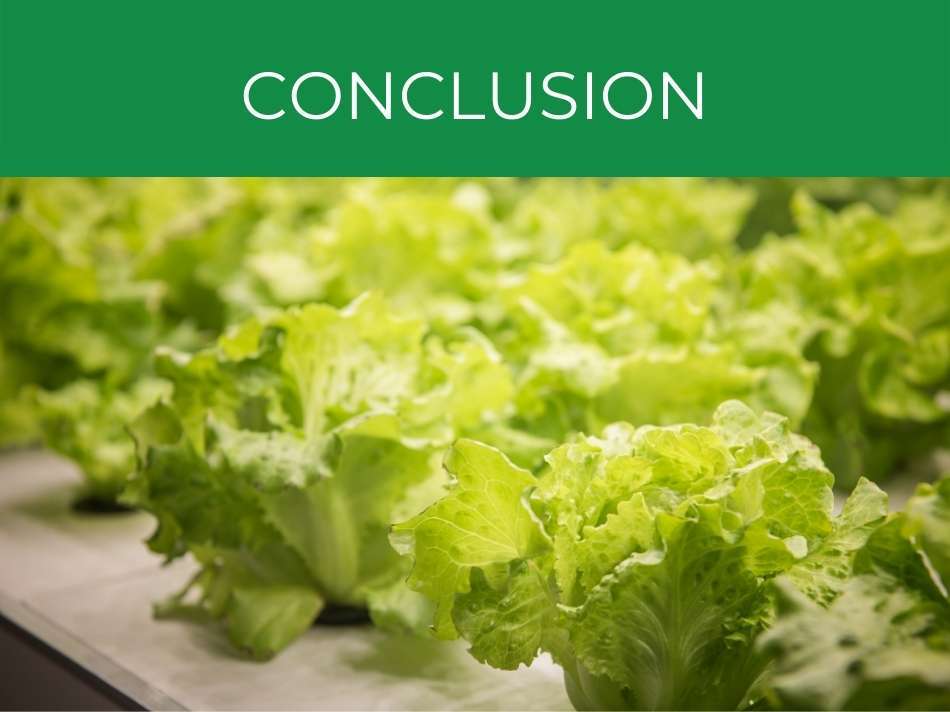
Conclusion
If you are thinking about trying out hydroponics, lettuce is a great starter crop.
Not only is lettuce easy to grow in hydroponic conditions, it often gets better results than when grown in soil.
For the crispest salad leaves, try a simple, homegrown hydroponic lettuce system today!


